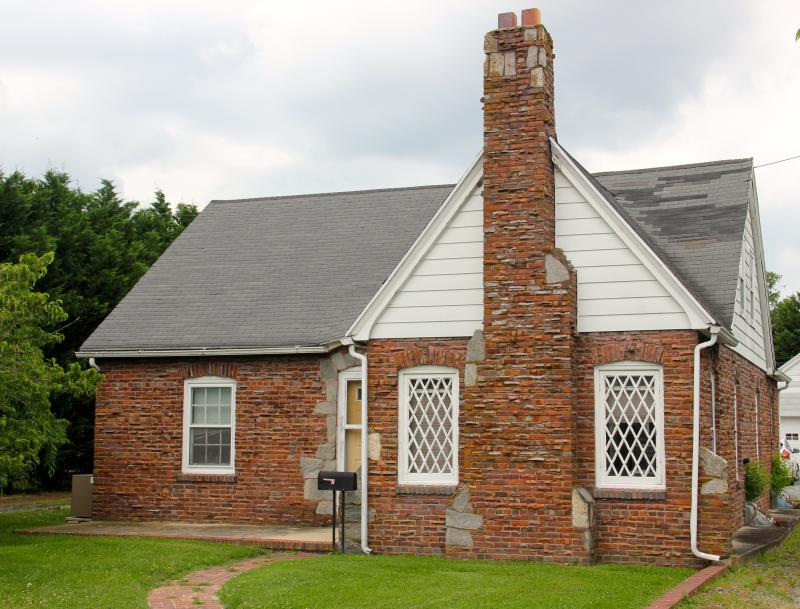Tracking down Milton’s clinker brick history
Dating back to the 1700s, Milton features a broad range of architectural styles including Colonial, Victorian and Modern. Some of the town’s most distinctive architecture, however, reflects the Arts and Crafts movement that started making its way across the country from the West Coast beginning around 1900.
Two houses standing side by side on Federal Street, on the west side of town, feature that style of architecture. What really makes them stand out is the so-called clinker bricks used in their construction that lend a more rustic appearance than the more familiar and uniform style of bricks. Information on the web from a brick company that supplies clinkers and other styles of bricks offers insight: “A clinker brick is one which was discarded because it was discolored or distorted [usually from being stacked too close to the fire in brick kilns.] In the 1920s, leaders of the Arts and Crafts design movement rediscovered its possibilities for creative and dramatic architectural detailing. Their eccentric, irregular shapes and colors appealed to the Arts and Crafts aesthetic which was rebelling against the takeover of soulless, machine-made uniformity. The name ‘clinker’ comes from the sound they make when banged together, being heavier than regular bricks.”
What started out as rejects evolved into a whole new style. St. John the Baptist Church, also on Federal Street, is clad in clinker bricks. According to the historical marker in front of the church, contractors added the brick veneer to the original 1877 structure in 1936 during an extensive remodeling project.
Did the clinker bricks used in the church veneer and the Federal Street houses originate with the brick manufacturing enterprises that set up in the late 1800s east of town near Round Pole Branch Road? Not likely, says Jack Hudson, who has been studying Milton history for the past couple of decades.
The Milton Brick Manufacturing Company, according to information on Preservation Delaware’s website, opened its brickyard in September 1887 and started out with 15 employees firing 200,000 bricks per month.
At that time, brick was in great demand in cities throughout the East Coast as a building material considered superior to wood and less susceptible to fire.
The Beardsley and Lofland brick mills operating in the area may have merged with Milton Brick Manufacturing, but it’s thought their operations didn’t last much past the 1930s. Milton bricks at first were shipped out on the schooners built in Milton and later on the trains of the Queen Anne Railroad.
Johnny Hopkins at one time owned the clinker-brick Federal Street house now occupied by the Ten Bears Environmental Company. Coincidentally, his mother - Mary Catherine - is married to Jack Hudson. Hopkins lives on Round Pole Branch Road. He said there are pits and holes on his property where clay used to be dug to make the bricks. He wasn’t sure of the age of the Federal Street houses or the origin of the clinker bricks, so he referred me to Hudson.
Hudson said he thinks the Federal Street houses were built by the Lofland family just after World War II. “That’s about the time hosiery mills were being set up in town, and Doc Lofland had one of them behind one of those houses. There’s also another of those clinker houses out in the area of town we call the new development - near the VFW - that was built just after the war. I think the clinker bricks used in all of those examples may have come from a brickyard in Milford.”
There are probably plenty of buildings that define the mid-20th century period of construction in Milton, but the clinker-brick houses and church add an especially distinctive flavor to the town’s rich history.



















































